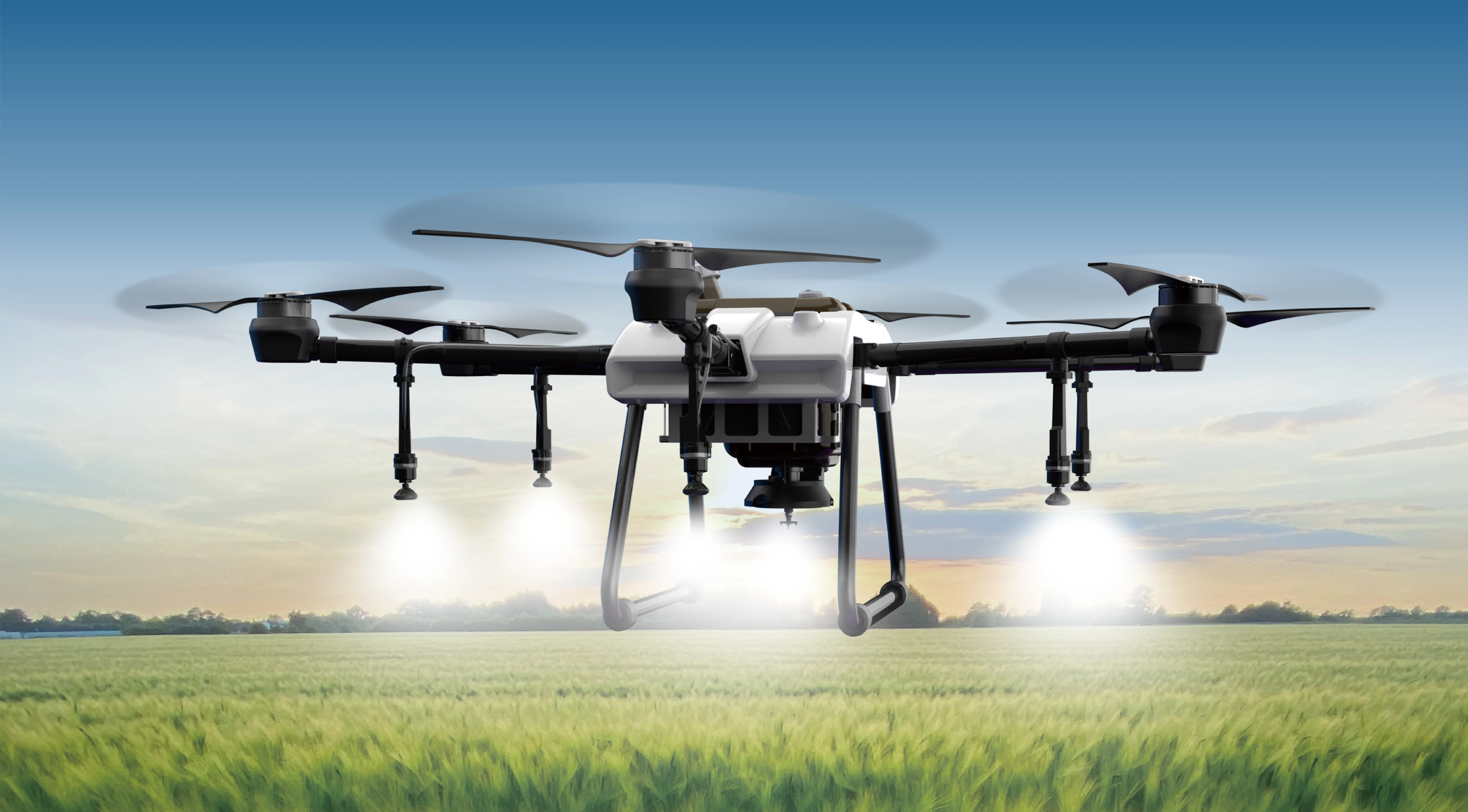part 1:
In the world of automation, robotics, and CNC machinery, precision movement is often the backbone of innovation. Among the myriad components that enable these sophisticated systems, the geared NEMA 23 stepper motor stands out as a powerhouse that combines raw torque with meticulous control. Whether you're designing a 3D printer, a robotic arm, or a custom CNC machine, understanding what makes these motors tick (literally!) and how they can elevate your project is essential.

The Basics of NEMA 23 Stepper Motors
Before diving deep, let's clarify what NEMA 23 signifies. NEMA, or the National Electrical Manufacturers Association, sets standards for motor sizes—specifically frame dimensions. A NEMA 23 motor refers to a motor with a faceplate measuring 2.3 inches square, a compact yet powerful size preferred in many industrial applications. These motors are characterized by their ease of integration, robustness, and relatively high torque-to-size ratio.
Standard NEMA 23 stepper motors are known for their precise control over movement and position, thanks to their multi-phase coils and inherent design. They typically feature persistent magnetic fields that, when energized, create rotational motion, allowing for highly repeatable positioning.
But what happens when you need more torque, more precision, or the ability to move heavier loads? That's where the concept of gearing comes into play.
Enter the Geared NEMA 23 Stepper Motor
A typical NEMA 23 motor offers excellent performance, but in many demanding applications, direct-drive power isn't enough. Gearing allows you to multiply torque while reducing the speed of rotation, resulting in greater control and the ability to handle tough loads with finesse.
A geared stepper motor essentially incorporates a gear reduction system—usually a planetary or spur gear set—inside its body or attached externally. This internal gear train acts as a force multiplier: by decreasing the output speed, it amplifies the available torque dramatically. For example, a gear ratio of 10:1 implies that the motor's shaft turns ten times faster than the output shaft, but with ten times the torque.
This gear reduction isn’t just about raw power—it brings numerous benefits:
Enhanced Holding Torque: Steppers can hold positions better against external forces. Increased Precision: The gear ratio effectively reduces positioning step size, yielding finer control. Reduced Step Losses: Even under load, the motor can operate smoothly at lower speeds, extending its lifespan. Better Load Handling: Heavier or more resistant loads become manageable without needing larger motors.
Why Choose a Geared NEMA 23 Stepper Motor?
The appeal of these motors isn’t solely in raw power but also in versatility and efficiency. When working with systems that demand high torque but limited space—like compact robotic joints or small-scale industrial devices—geared NEMA 23 stepper motors bridge the gap between performance and form factor.
Imagine deploying a robotic arm that must carry objects with varying weights or a 3D printer requiring intricate movements with high accuracy. A geared motor provides that nuanced control, ensuring reliable operation, minimal backlash, and consistent precision.
Next, let's examine the specific components and considerations that make geared NEMA 23 stepper motors so effective.
Part 2 will continue from here, delving into the types of gear systems, choosing the right gear ratio, applications, and practical considerations for integrating these motors into projects.
Leveraging innovations in modular drive technology, Kpower integrates high-performance motors, precision reducers, and multi-protocol control systems to provide efficient and customized smart drive system solutions.




































